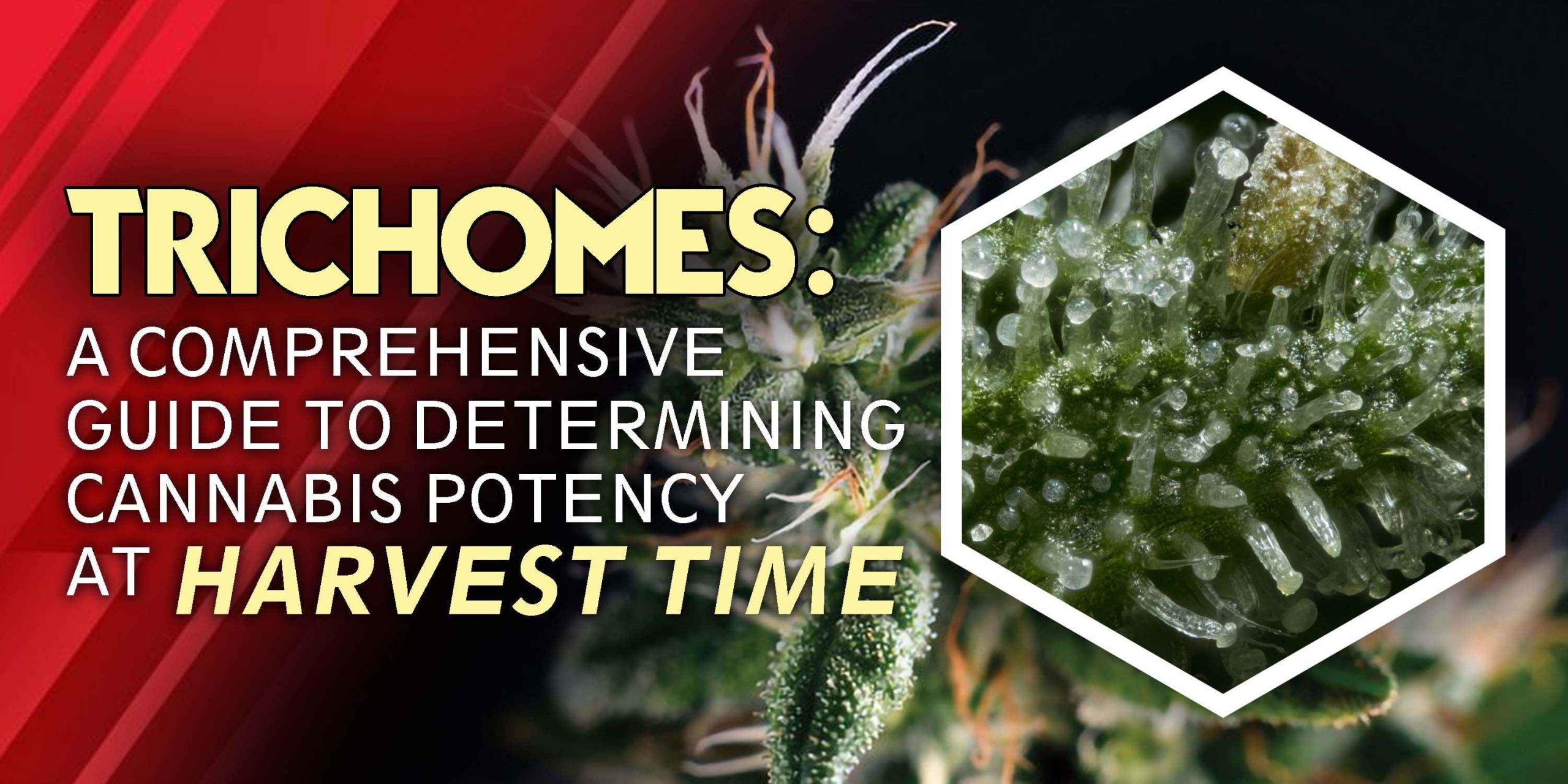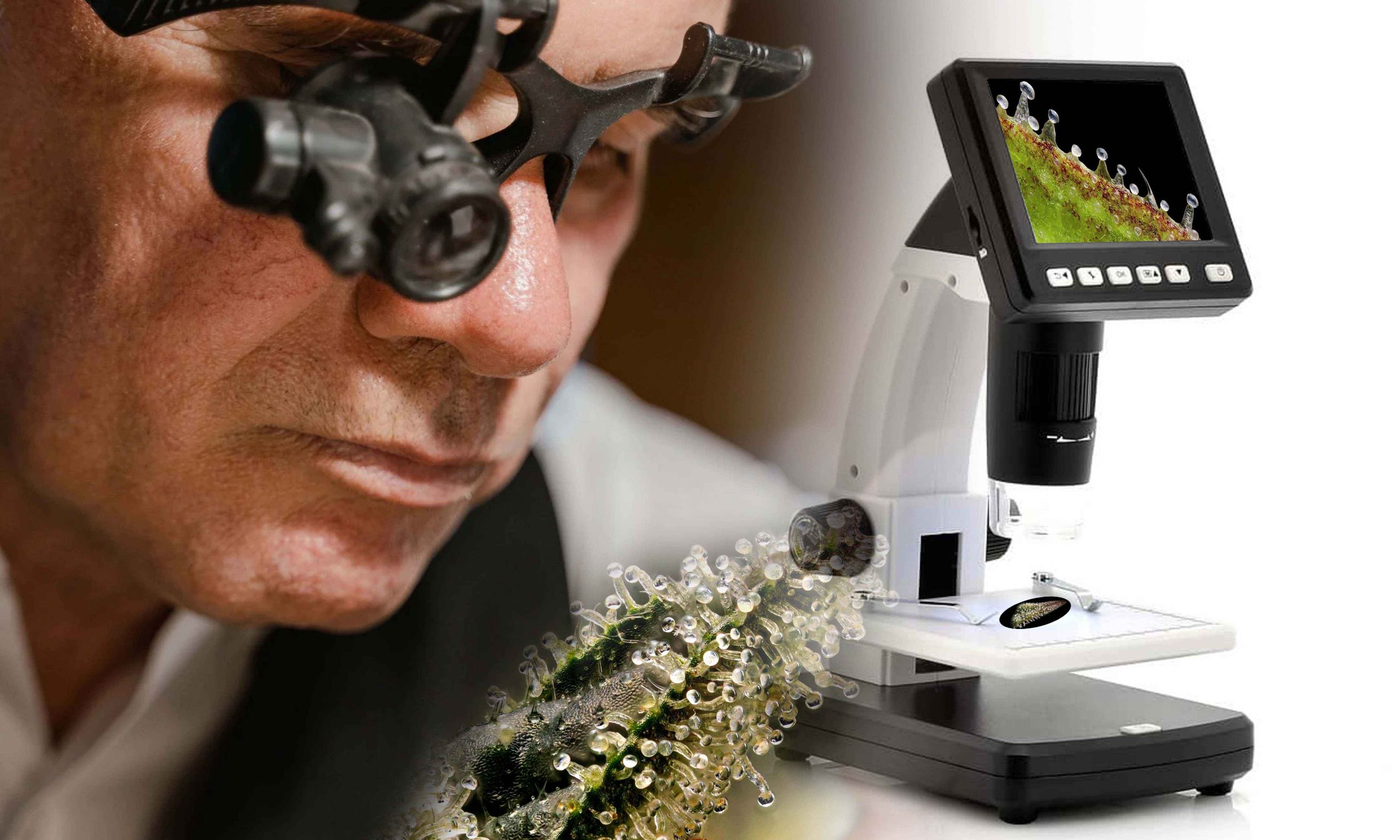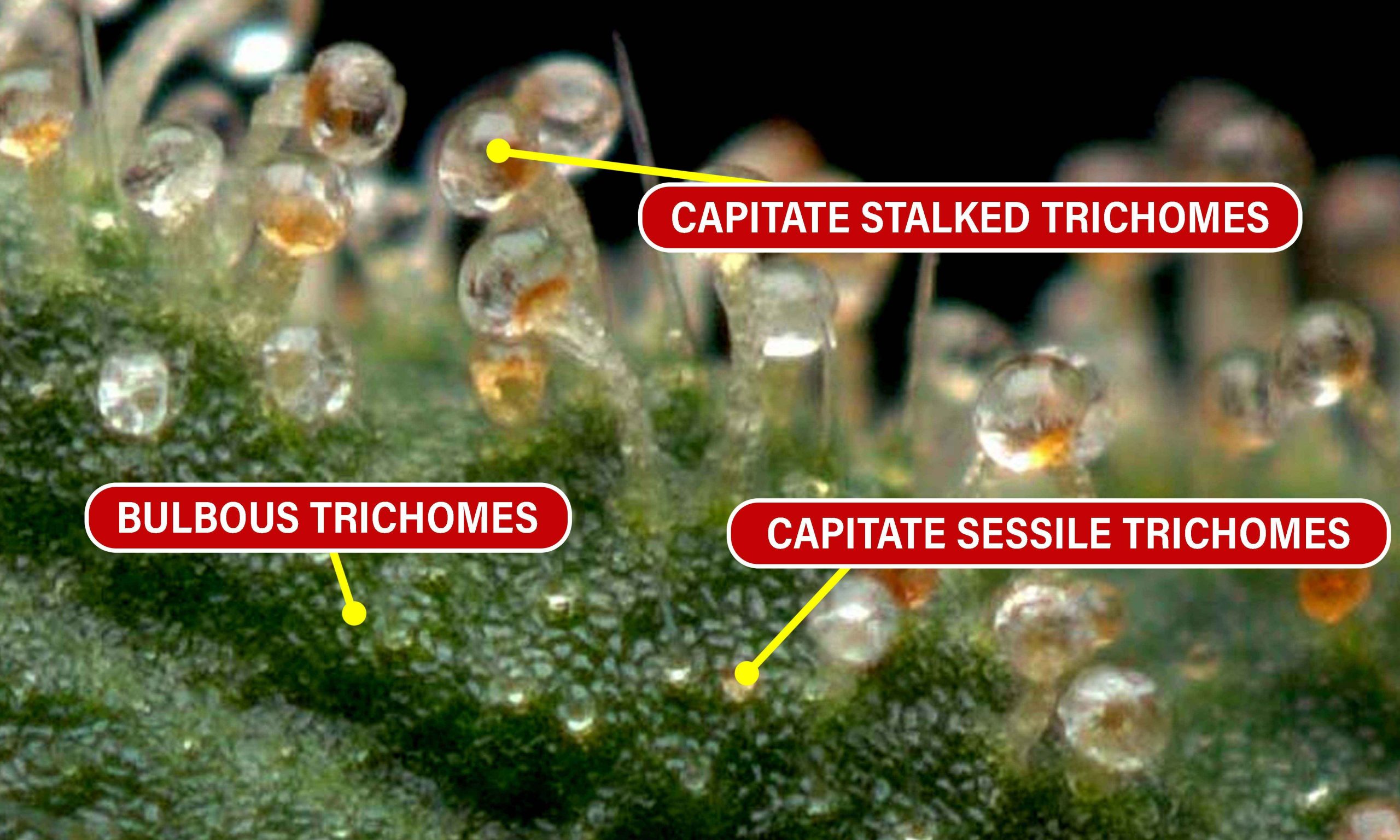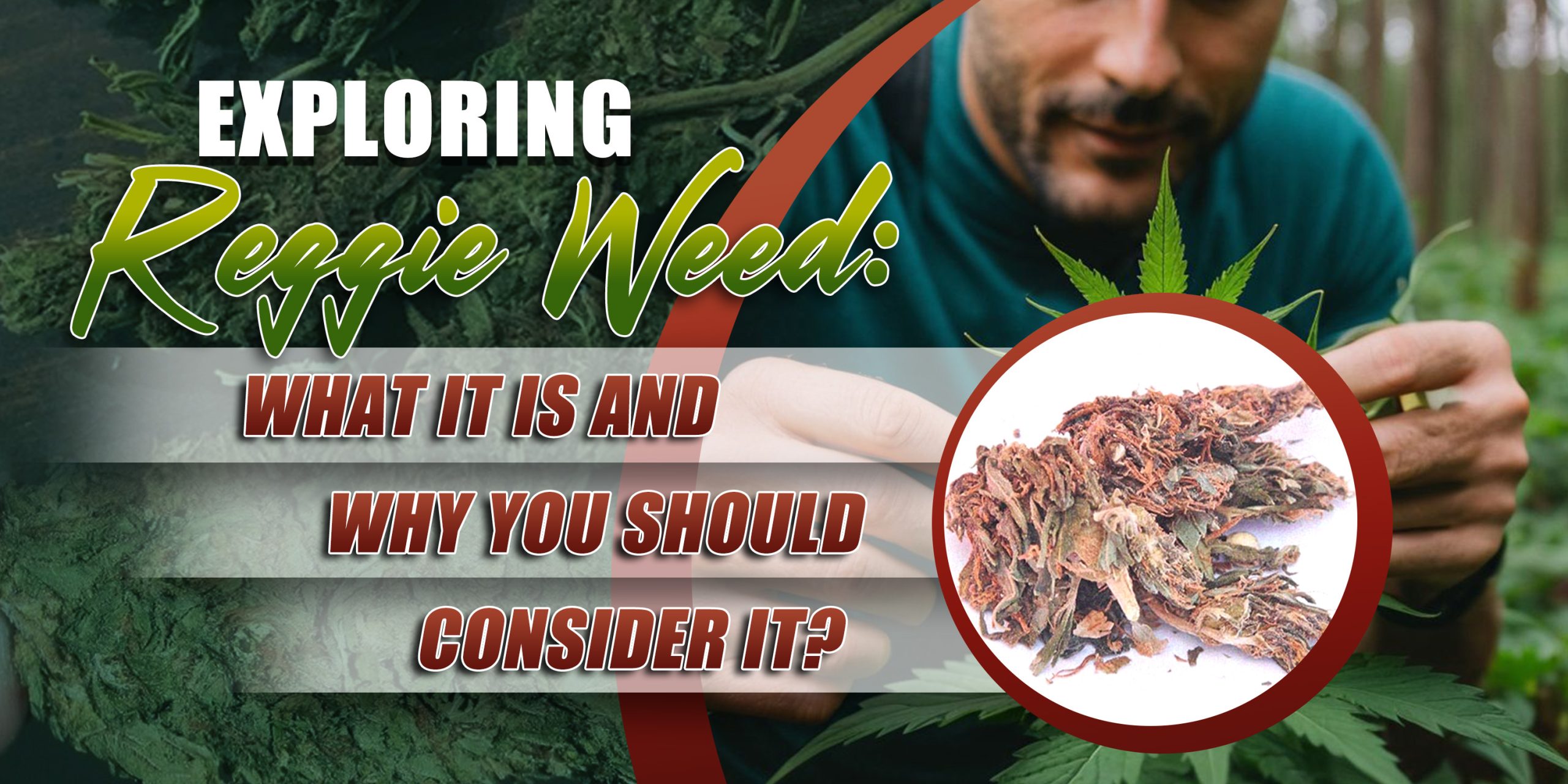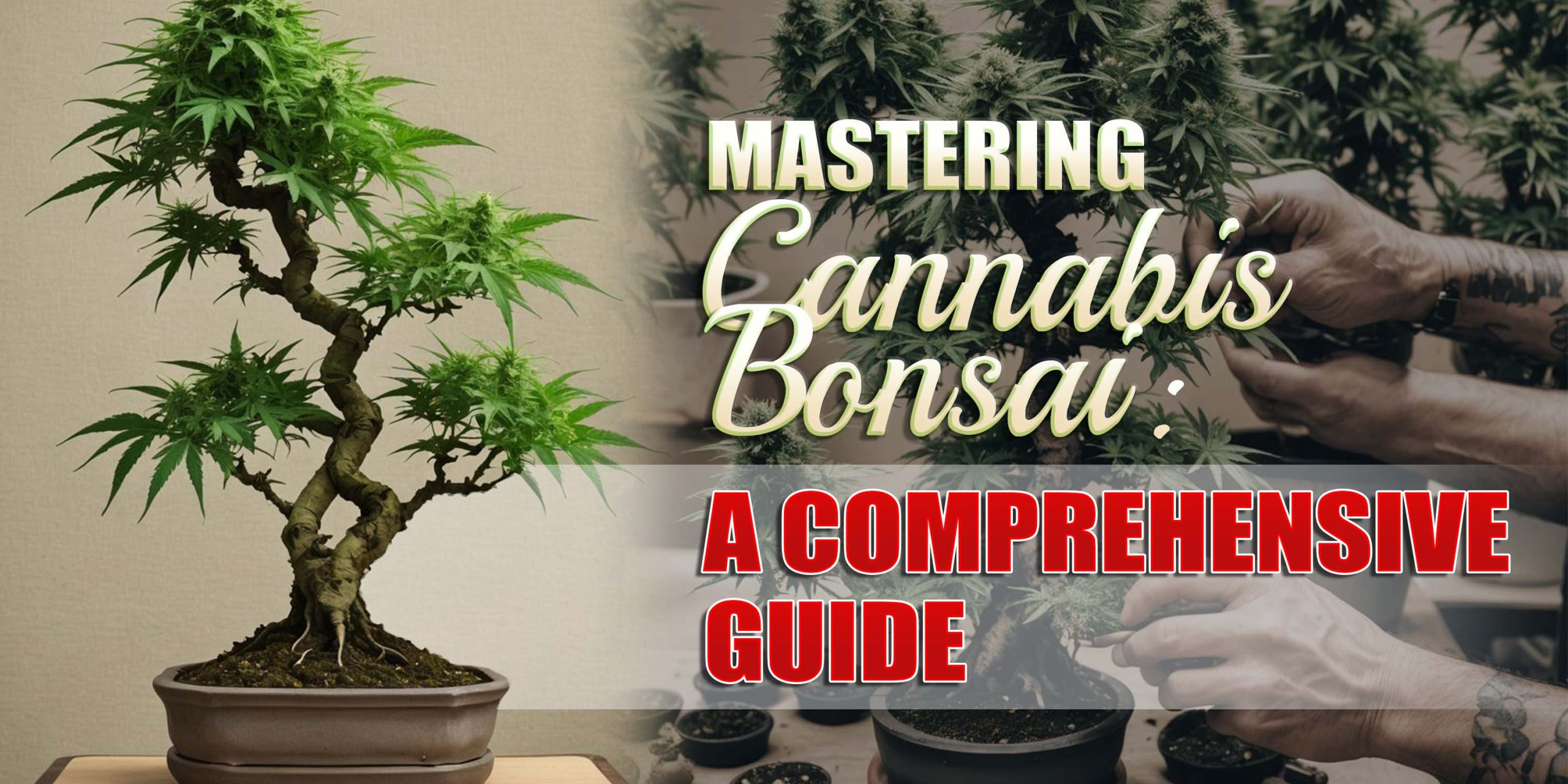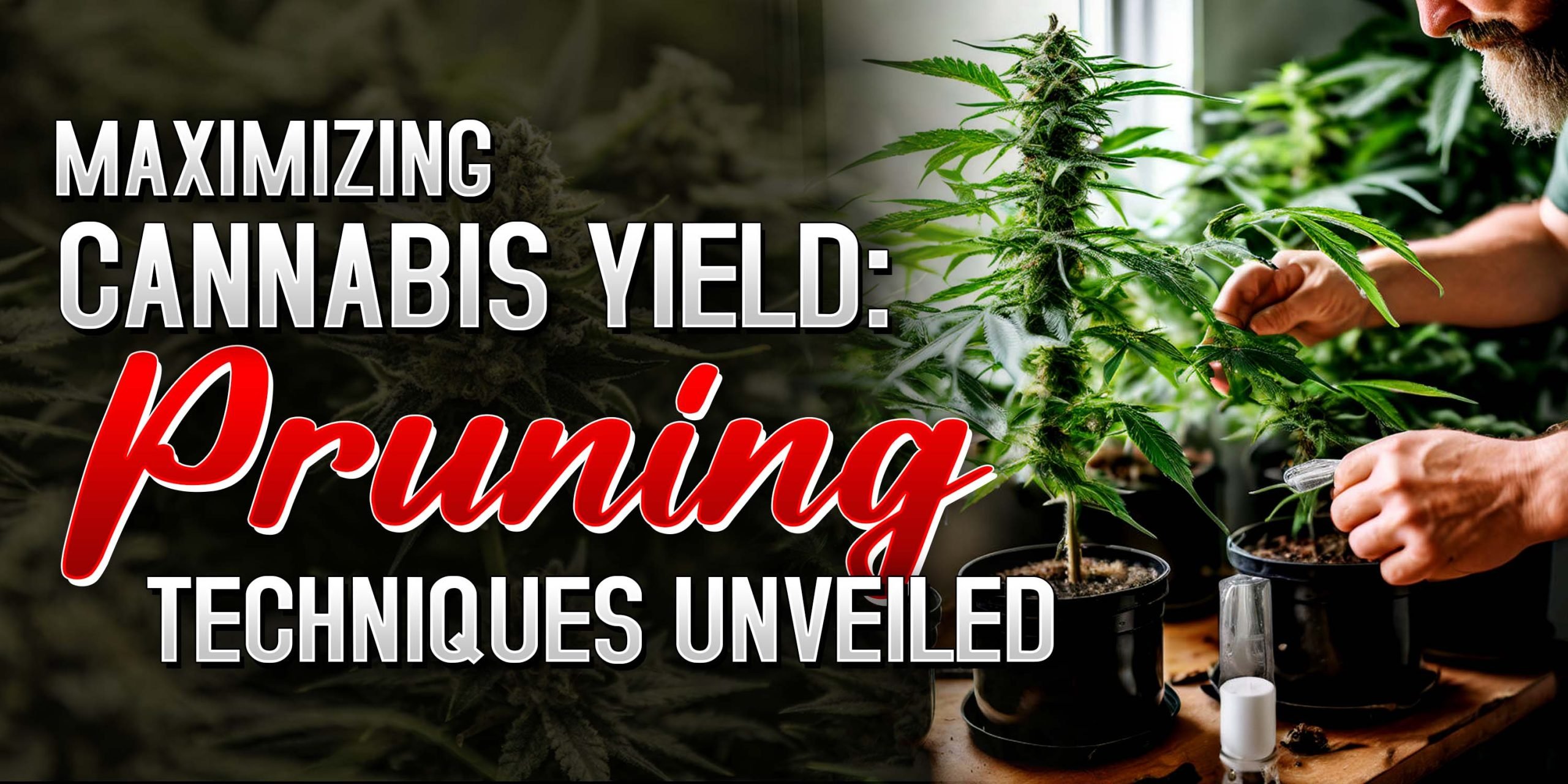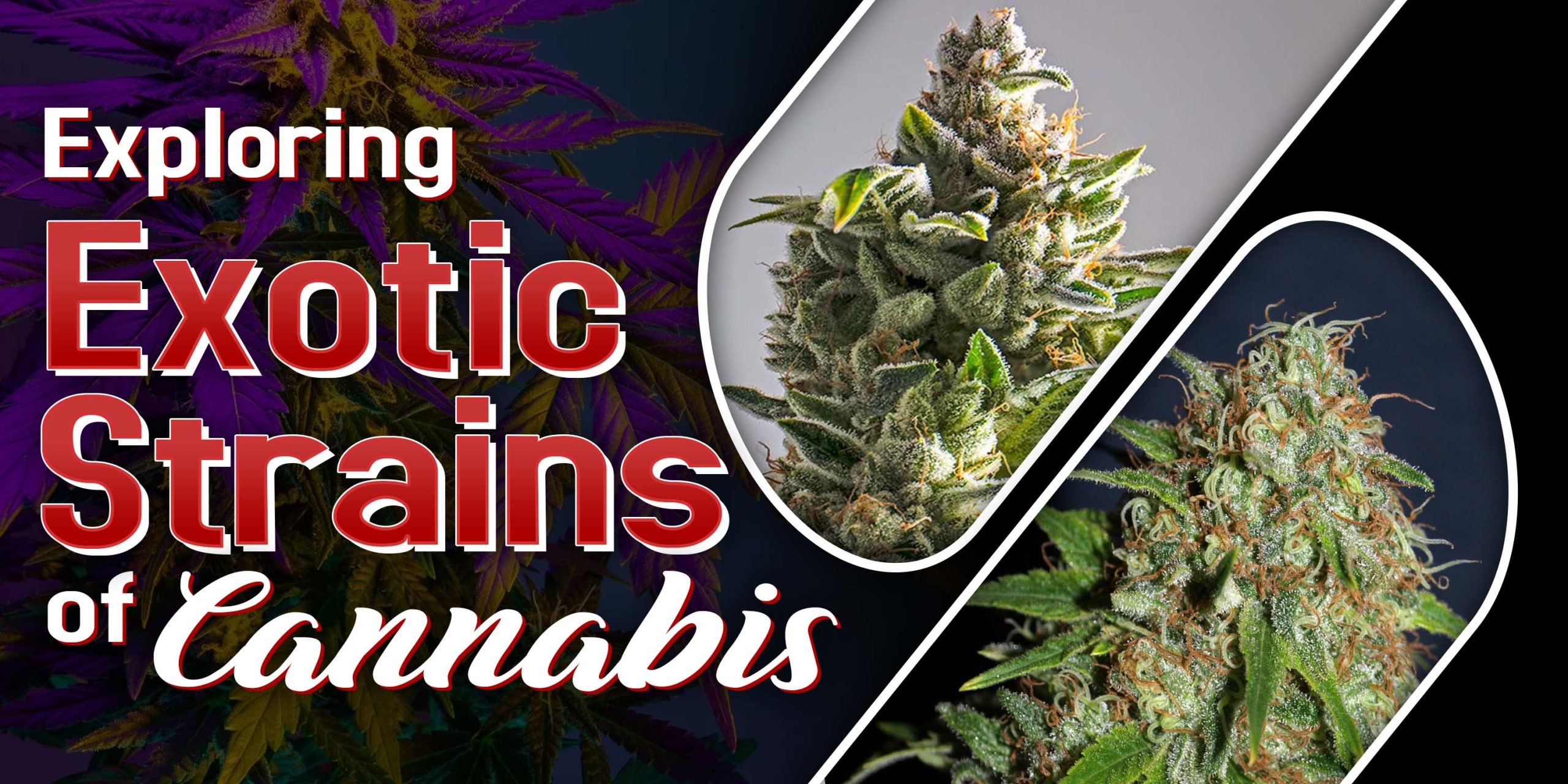Trichomes, the tiny yet powerful structures discovered on cannabis plants, are essential for maximizing the plant’s abilities. These resin-filled glands aren’t just interesting to look at; they’re vital for deciding how potent, flavorful, and therapeutic the end product will be. For any cannabis grower aiming to consistently trichomes harvest high-quality buds, understanding trichomes is a must.
What are Trichomes?
Trichomes, derived from the Greek word “trichoma” meaning “growth of hair,” are the microscopic resin glands covering the surface of cannabis flowers, leaves, and stems. These glandular structures serve as the epicenter of the plant’s chemical production, housing cannabinoids, terpenes, and flavonoids. Trichomes come in various shapes and sizes, from bulbous heads to stalks and even glandular hairs, each contributing to the plant’s overall resin profile.
Types of Trichomes:
- Bulbous Trichomes: These are the smallest and most abundant trichomes, resembling tiny mushrooms with a rounded head. Bulbous trichomes primarily produce terpenes, contributing to the aroma and flavor of the cannabis plant.
- Capitate Sessile Trichomes: Larger than bulbous trichomes, capitate sessile trichomes feature a spherical head attached directly to the plant’s surface. These trichomes produce a higher concentration of cannabinoids, including THC and CBD, making them essential for assessing potency.
- Capitate Stalked Trichomes: The largest and most prominent trichomes, capitate stalked trichomes consist of a bulbous head atop a stalk. These trichomes contain the highest concentration of cannabinoids and are crucial indicators of the plant’s readiness for harvest.
The Importance of Trichomes in Determining Potency
Trichomes are not merely decorative; they serve as biochemical factories responsible for synthesizing the compounds that define cannabis’s effects. The cannabinoids, terpenes, and flavonoids produced within trichomes interact synergistically to create the plant’s unique characteristics. Monitoring trichome development allows growers to tailor the harvest time to achieve specific effects, whether it’s a euphoric high, therapeutic relief, or a combination of both.
How to Determine Harvest Time Based on Trichomes
Accurately assessing trichomes at harvest requires a keen eye, attention to detail, and patience. While there are various methods for determining harvest readiness, observing trichomes under magnification remains one of the most reliable techniques. Here’s a detailed breakdown of the process:
Equipment Needed:
- Jeweler’s Loupe: A handheld magnifying tool with at least 60x magnification is essential for examining trichomes up close.
- Digital Microscope: For more precise observation and photography of trichomes, a digital microscope with adjustable magnification is recommended.
Trichome Examination:
- Select Representative Buds: Choose several buds from different areas of the plant, including the top cola and lower branches, to ensure an accurate representation of trichome development.
- Focus on the Calyx: Trichomes located on the Calyx, the small, pod-like structures that encase the cannabis flowers, provide the most accurate indication of cannabinoid maturity.
- Check Regularly: Begin monitoring trichome development several weeks into the flowering stage and continue until the desired maturity is achieved. Trichomes may mature at different rates, so it’s essential to inspect buds regularly for consistency.
- Assess Trichome Color and Transparency: Pay close attention to the color and transparency of trichomes. What do trichomes look like when ready to harvest through three main stages:
- Clear Trichomes: During the early stages of flowering, trichomes appear clear or translucent, indicating low cannabinoid content and immaturity.
- Milky Trichomes: As the plant matures, trichomes transition from clear to milky or cloudy, signaling increased cannabinoid production. This stage is ideal for harvesting balanced effects with a mix of THC and CBD.
- Amber Trichomes: With further maturation, trichomes may develop an amber or reddish hue, indicating peak THC levels and potential degradation of other cannabinoids. Harvesting during this stage produces a more sedative effect, suitable for users seeking relaxation and pain relief.
- Avoid Overripe Trichomes: While some growers prefer harvesting when trichomes are predominantly amber for maximum THC content, excessive ambering may indicate cannabinoid degradation and a loss of desired effects. Trichome colors for harvest are mostly milky with a few amber ones for optimal potency and flavor.
Conclusion
Trichomes are the true essence of cannabis, housing the compounds that define its effects and therapeutic potential. By mastering the art of trichome observation, growers can unlock the full spectrum of benefits offered by the plant, from euphoric highs to profound medicinal relief. Invest in quality magnification tools, monitor trichome progression diligently, and harvest at the optimal time to elevate your cannabis cultivation to new heights.
FAQs
1. What role do trichomes play in protecting cannabis plants?
Trichomes act as a natural defense mechanism, deterring pests and predators with their resinous texture and potent chemical compounds.
2. Can trichomes be found on all parts of the cannabis plant?
Yes, trichomes are present on various plant surfaces, including the flowers, leaves, and stems, although they are most abundant on the flowers, where cannabinoid production is highest.
3. Do trichomes continue to develop after harvest?
No, trichomes cease development once the plant is harvested. However, proper curing and storage can help preserve the potency and quality of trichome-rich buds over time.
4. Are trichomes visible to the naked eye?
While trichomes are microscopic, they may appear as a fine dusting or shimmer on the surface of cannabis buds, especially when they are densely packed.
5. Do all cannabis strains have the same types of trichomes?
No, the types and density of trichomes can vary significantly between different cannabis strains, contributing to variations in potency, flavor, and effects.





